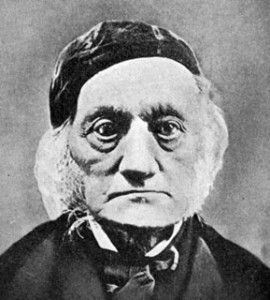"Sir Richard Owen, the paleontologist that 'discovered' the first dinosaur fossil, and coined the term "dinosauria", headed and created a secret society with the end goal of providing elite paleontologists with additional personal revenue. The head council members created bone facsimiles made by dripping water with heavy sediment onto a molded form to create the proper shape (see "Mother Shiptons Well" for a demonstration) that resemble skeleton parts of these imagineered creatures we have been told really existed. They created extensive logs and buried these sediment facsimilies throughout the world with specific dates and times for them to be revealed to the public.
As the preverbal torch got passed through generations of paleontologists, the secret society was maintained in secret until now. The league of extraordinary paleontologists have been careful to do all of their own testing to examine the ages of 'discovered' skeletons, whild simultaneously perpetrating the hoax by creating and burying more dinosaur bones all over the Earth. Tests like carbon dating have never been performed by people outside of the secret society, which keeps the coup of dinosaur existence alive." (read more)

No comments:
Post a Comment